A Beginner’s Guide to Rockaway’s Surf Forecast
Reading a surf report is like learning to surf—there's always more to discover. While some surfers prefer to have an edge by understanding weather patterns and swell trajectories to maximize their chances of scoring the best surf ever, most intermediates and beginners don't need all that info to identify the best conditions to surf their local spot consistantly. Let's focus on the three key aspects of a surf report from Surfline to identify when to catch the waves in Rockaway: Swell, Wind, and Tides.
SWELL
Swell is the ocean energy that becomes waves when it hits the shore. Key factors are size and period. Size indicates wave height, while period shows wave energy. Longer periods mean more powerful waves.
WIND
Wind speed and direction shape wave quality. Cross shore and onshore winds make waves messy, while offshore winds clean them up. Light winds are great, but strong winds can ruin good waves.
TIDE
Tides affect wave shape and size by changing water levels. Rockaway surfs best at mid-tide, but low tide can be fun for smaller waves, and high tide can make big waves easier to handle.
Now that we know the basics, we can we use this info to find the right surf conditions for ourselves. Let’s look at a few surf reports together and see what the best way to approach surfing each day would be.
Day 1
Day 1 offers good surfing conditions for Advanced and intermediate surfers, though it may be a bit challenging for those new to the sport. In the morning, we'll have offshore winds and 4-foot waves with an 8-second interval. The waves are expected to be clean, but paddling out past the break could be tough due to the wave size and the short period between sets. Many surfers would opt to go out during mid-tide, as high tide might not produce enough power for most surfboards, while low tide could make the waves too steep and fast for many surfers to handle.
Day 2
Day 1 is another good day for surfing, even if it might not look promising at first. The swell is just over 1 foot with an 8-second interval, and there's an onshore wind. However, with the right board and some understanding of how the tide and wind affect the conditions, it can be a fun day for most surfers and an ideal one for beginners. Despite the wind direction, the low wind speed will keep the waves clean. Aim to surf closer to low tide to ensure the waves have enough energy for a good session.
Day 3
In this final example, we have a day with overhead waves and a long swell period. At Rockaway, when the wave height and period increase, so does the current, which can become very strong and challenging. Most surfers avoid low tide on such days because the currents and rip tides tend to be more powerful. Surfing under these conditions requires careful preparation and the right board. While advanced surfers may find it fun, it can be extremely challenging for intermediate surfers and dangerous for beginners. Know your Limits
Final thoughts: Every break is different
Beware of relying on general surf assessments like "Good" or "Excellent," but often the actual conditions don't match. I always ask, "Good for who?" Surfline's global data and algorithms might rate a 15-second swell as great for both Bali and Rockaway. However, in Bali it might result in easy rolling soft waves, whereas in Rockaway it often causes waves that are way too big for our beachbreak and closeout. For many, this makes the waves unridable.
Plus, Surfline doesn't consider your skill level, board size, or surf style. So, take their ratings with a grain of salt. For example, Surfline might say "poor" for 1 foot at 8 seconds with a 2 mph onshore wind, but that could be perfect for longboarding at Rockaway. Or "flat" at 1 foot with a 10 mph offshore wind might mean fun waves at low tide.
If this seems overwhelming, don't worry. Understanding how these factors apply to your surfing takes time and experience. Experiment with different conditions to see what works best for you. Don't limit yourself to one type of condition—explore and enjoy the learning process!
Want to learn more about surf forecasting? Surfline has a ton of amazing in-depth info to check out, or book a lesson and learn from a member of our team.







